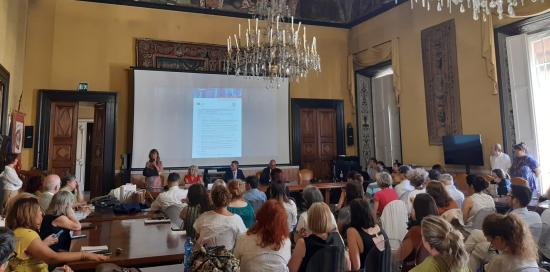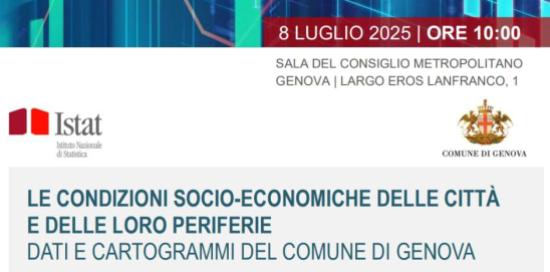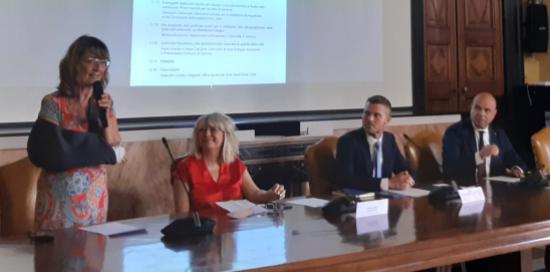Data Supporting Municipal Policy Strategies: A Workshop by the Municipality of Genoa in Collaboration with Istat
The event brought together administrators, researchers, technicians, institutional representatives, and members of the third sector in an open forum focused on sharing data and operational tools useful for planning interventions and making decisions with a direct impact on citizens.
The workshop was opened by Cristina Lodi, City Councillor for Welfare and Social Services, and Jacopo Bellarosa, Deputy Prefect. Matteo Mazziotta, Central Director of Istat for the Sistan System and the Territory, then presented a series of in-depth statistical analyses concerning the Genoese context. Indicators related to population, education levels, the labor market, economic conditions, property values, and service accessibility were examined, providing a detailed picture of the main urban dynamics, broken down by area.
Among the tools presented, the "Controllo Dynamico" platform—developed by the Municipality of Genoa—was particularly well received. This tool integrates over 160 indicators from official sources, with the aim of offering a constantly updated and customizable reading of the territory, capable of presenting different scenarios depending on the dimensions analyzed. The platform serves not only as an operational support for the administration but also as a basis for comparison with other major Italian cities, helping to identify strengths and critical issues.
It was also announced that, starting in September, a joint working process will begin with the presidents of the Municipalities and third sector organizations, aimed at defining a five-year plan based on the evidence emerging from the statistical analyses. The goal is to design interventions tailored to the specific characteristics of each neighborhood, promoting local engagement and leveraging available information to improve services, reduce inequalities, and strengthen social cohesion.
To make Genoa a fairer, more inclusive, and more efficient city, good intentions must be supported by a solid methodological framework based on reliable data, appropriate tools, and an integrated vision of the city’s many dimensions. In this regard, the ability to correctly interpret available information and translate it into concrete decisions is essential.
Written by Giampaolo Caserta



